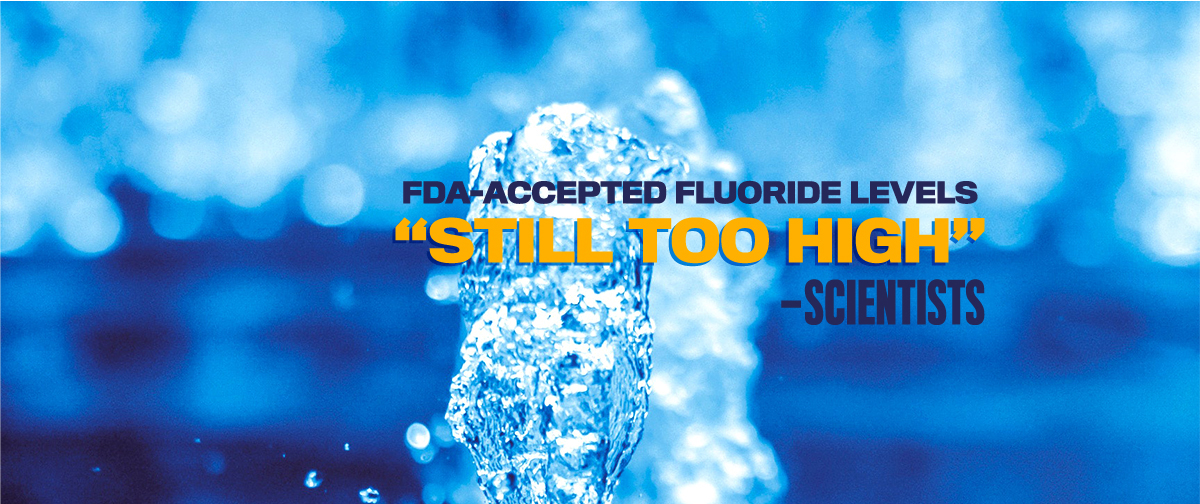Posted by Sherijan Ivan Dela Cruz on Apr 24th 2019
FDA-accepted fluoride levels “still too high”—scientists

The Food and Drug Administration (FDA) proposed earlier this month a new limit on fluoride levels manufacturers can add to bottled drinking water. While it’s a vital move for the agency to set standards for manufacturer compliance, some researchers believe those levels of fluoride are still too high.
Fluoride exhibits long-term effects such as tooth enamel damage in children, as well as discoloration of the teeth. Painful joints, disrupted metabolism, and weakened intelligence are common effects of fluoride exposure in adults.
No more than 0.7 mg/L
FDA’s proposal limits manufacturers to add no more than 0.7 milligrams per liter of fluoride, a slight reduction from the current standard of 0.8 to 1.7, and exactly the same suggested amount for local water sources.
This amount is believed to have fortifying effects on the teeth of young children. Interestingly, some sources of fluoride—a majority of which is not regulated by any health agency—have even higher levels (such as tea, Teflon-coated cookware, and non-organic greens). Bottled waters have the same case; they are unregulated and not subject to any limits of fluoride levels.
What does this mean? You might be drinking from a water source that is well above the FDA recommended 0.7 mg/L of fluoride.
What are the risks?
According to the Center for Disease Control and Prevention (CDC), dental fluorosis is the most common condition that may arise from increased exposure to fluoridated water. Fluorosis is prevalent among children 8 years old and younger. Worst case scenario for a fluorosis patient is irreversible pitting and damage to the enamel, or crown, of the teeth.
But scientists’ concerns extend far beyond fluorosis.
“Given that fluoride can damage brain development, I would recommend that the maximum fluoride concentration in bottled water be kept at a lower level than 0.7 mg/L,” Dr. Philippe Grandjean, professor of environmental health at the Harvard School of Public Health, wrote an email to CNN.
Too much fluoride can result in skeletal fluorosis, a condition characterized by calcification of ligaments—always a painful experience that is often mistaken for osteoarthritis.
Back off, fluoride—filters
Filtering your own tap water is the best way to not get unwanted fluoride. While it will not turn your tap water into a 100% fluoride-free source, most filters will help break it down to healthier levels. Reverse osmosis filtration systems are proven the most effective methods.
CWR’s own Reverse Osmosis filter can get rid of unwanted fluoride, and other water toxins, from your own tap water. We offer better filtration solutions for healthy living. Click here for a FREE water quality consultation. You can also browse our filters here.
Source: Wellness Blog

